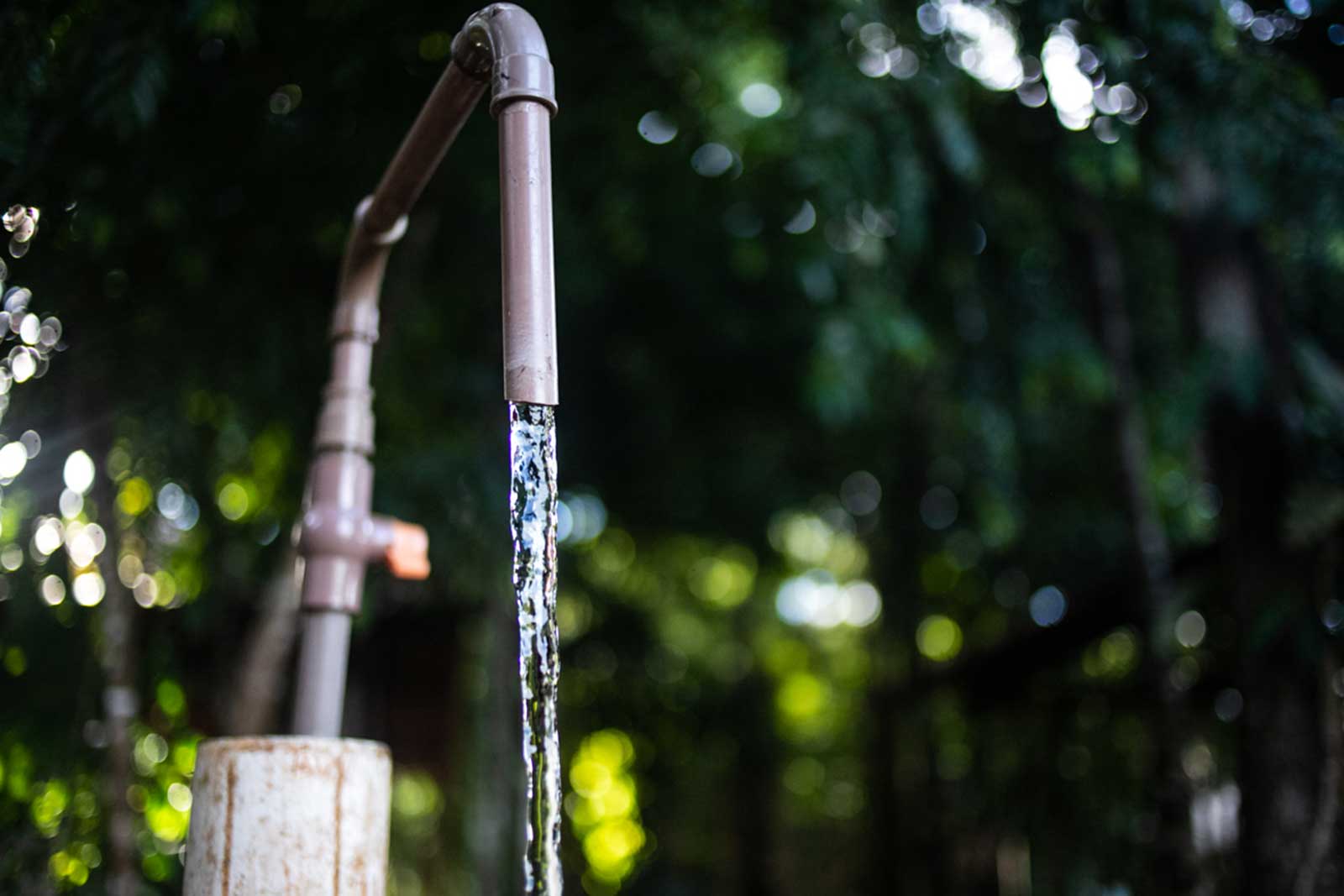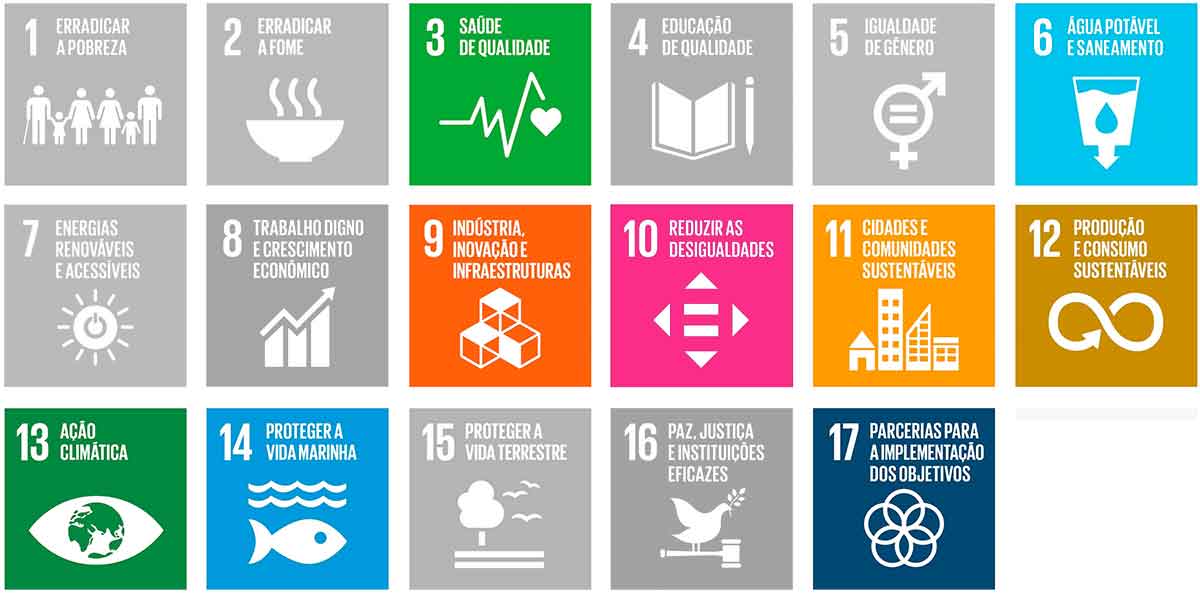sanITATION
Water and sanitation in Brazil: Unsustainable challenges

The work of Instituto Iguá has been very important on two fronts. First, innovation. The Institute seeks to stimulate innovation. Second, education. There is great concern with environmental education, awareness-raising, and mobilizing civil society around a topic that Brazil has neglected for centuries, which is the sanitation issue. As well as all its aspects regarding water, drainage, and sewage. Addressing this subject from a new, innovative, and educational perspective is of utmost importance. Instituto Iguá has done a great job on both fronts, thereby making a significant contribution to the country.
Ensuring availability and sustainable management of water and sanitation for all is one of the Sustainable Development Goals (SDGs) proposed by the UN in the 2030 agenda.
Water and sanitation are major challenges for sustainable development. And access to these services is extremely important for health, the environment, education, and the economy.
The COVID-19 pandemic has further accentuated the severity of the lack of sanitation and inequalities of access.
Worldwide, water scarcity affects more than 40% of the population. In Brazil, 17% of the population does not have access to treated water. The sanitary sewage scenario is even more challenging. According to the most recent report released by the World Health Organization (WHO) and the United Nations Fund (UNICEF), 4.5 billion people around the world still do not have access to a toilet, favoring the continuous spread of diseases and contributing to water contamination. In Brazil, this number is higher than 4 million residents.
In Brazil, nearly half of the population does not have access to sewage collection and treatment. According to the National Basic Sanitation Plan (PLANSAB), the estimated cost to universalize access to the four basic sanitation services (water, sewage, waste, and drainage) in Brazil by 2033 is BRL 508 billion.
Brazil has invested an average of around BRL 11.7 billion per year in water and sewage. If the country continues to invest at this pace and if there are no other converging initiatives, it will not be possible to reach the goal. We need a sense of urgency and collective action toward these goals, which mean health, a perspective of development, and environmental preservation.
Instituto Iguá has decided to look at all these data and see them as an opportunity, as a call to action. And here we are.
A challenge.
An opportunity for
transformation.
United Nations Sustainable Development Goals
Focus on ODS 6, which aims to ensure the availability and sustainable management of water and sanitation for all

of the population does not have access to treated water, the equivalent to 35 million Brazilian citizens
people, 19.6 million in rural areas + 15.4 million in urban areas
of the population does not have access to sewage collection and treatment, the equivalent to 100 million Brazilian citizens
is the number of Brazilian cities where 100% of the population is served with drinking water, considering the 100 largest Brazilian cities
is the average annual consumption of water per person in Brazil
is the estimated cost for the universalization of sanitation services in Brazil
Olympic-sized swimming pools are equivalent to the volume of sewage disposed directly into nature every day in Brazil
women would immediately get out of poverty in the country if sanitation was universalized
is Brazil’s position in the world sanitation ranking, despite being the world’s 9th largest economy
of the world population (3 billion people) do not have access to adequate sanitation
Sources
- National Sanitation Information System - SNIS 2020
- Sanitation Ranking 2021 – Instituto Trata Brasil
- National Basic Sanitation Survey 2017 - IBGE
